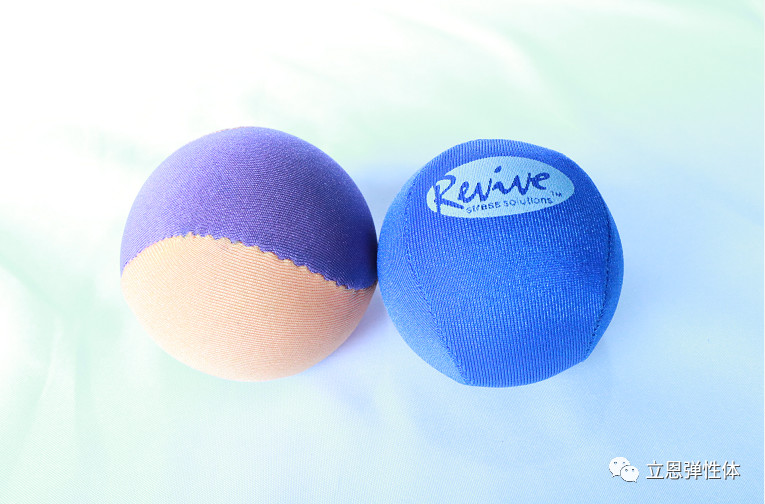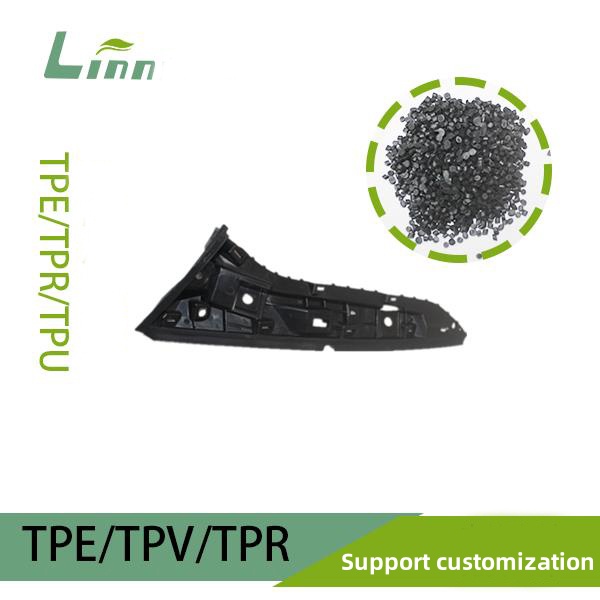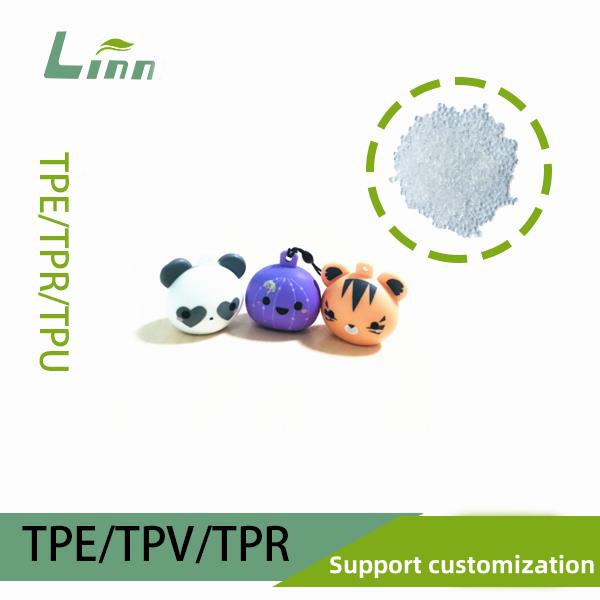Having spent over a decade in the plastics and rubber industry, I’ve developed a love-hate relationship with TPE (Thermoplastic Elastomer). Its unique blend of elasticity and processing ease has made it a star material in sectors like automotive, medical, and consumer goods. Yet, one question I often hear is: How do you evaluate the advantages and disadvantages of TPE? This question, while seemingly straightforward, requires a deep dive into material properties, processing characteristics, costs, and application needs. As an industry veteran, I understand the confusion and stakes involved in choosing the right material. In this article, I’ll share my hands-on insights on how to systematically assess TPE’s strengths and weaknesses, offering practical evaluation methods and tips to help you make informed decisions without costly missteps.

Why Evaluate TPE’s Advantages and Disadvantages?
TPE’s ability to combine rubber-like elasticity with plastic processability makes it a go-to choice for products like phone cases, seals, medical devices, and automotive parts. However, not every TPE is a perfect fit for every project. Some TPEs excel in elasticity but falter in high-temperature resistance, while others are easy to process but come with a hefty price tag. Choosing the wrong TPE can lead to subpar product performance, processing challenges, or budget overruns. Evaluating TPE’s advantages and disadvantages is the critical first step to ensuring your project’s success.
In my work, I’ve seen clients and colleagues struggle with TPE selection, either overhyping its benefits or overlooking its limitations. A structured evaluation helps clarify whether a TPE meets your needs and prevents issues down the line.
Key Dimensions for Evaluating TPE
To assess TPE’s advantages and disadvantages, consider these core dimensions:
Physical Properties: Elasticity, hardness, abrasion resistance, and temperature resistance.
Chemical Properties: Resistance to chemicals and aging.
Processing Characteristics: Ease of injection molding, extrusion, or other processes.
Cost and Sustainability: Material price, recyclability, and environmental impact.
Application Fit: Alignment with specific industry requirements.
Each dimension’s strengths and weaknesses vary by TPE type (e.g., SBS, SEBS, TPU, TPV). Below, I’ll break down these dimensions and share practical ways to evaluate them.

Analyzing TPE’s Advantages and Disadvantages
1. Physical Properties
TPE’s physical properties are its hallmark, making them the primary focus of evaluation. Here’s a breakdown of key physical properties and their pros and cons:
Property | Advantages | Disadvantages |
|---|---|---|
Elasticity | TPE offers excellent resilience, akin to rubber, with quick recovery after stretching, ideal for seals and soft-touch products. | Some TPEs (e.g., SBS) may exhibit permanent deformation under high stress, with lower elastic durability than silicone. |
Hardness | Wide hardness range (Shore 0A-100A), customizable for varying softness or rigidity needs. | High-hardness TPEs may sacrifice elasticity, while low-hardness ones lack strength. |
Abrasion Resistance | TPU and TPV excel in abrasion resistance, suitable for footwear and sports equipment. | SBS and some SEBS grades have poor abrasion resistance, prone to wear. |
Temperature Resistance | TPV and TPU withstand a broad temperature range (-40°C to 120°C), great for outdoor use. | SBS and some SEBS grades have poor high-temperature resistance (<80°C), softening under heat. |
Evaluation Methods:
Tensile Testing: Measure tensile strength and elongation at break to assess elasticity and strength, per ASTM D412 standards.
Hardness Testing: Use a Shore A or D durometer to determine softness or rigidity.
Temperature Testing: Expose TPE samples to high (80-120°C) or low (-40°C) temperatures to observe deformation or performance changes.
My Experience: In a medical tubing project, the client needed a soft, abrasion-resistant material. Testing revealed TPU outperformed SEBS in both elasticity and durability, making it the final choice.

2. Chemical Properties
TPE’s chemical properties determine its stability and longevity in specific environments.
Property | Advantages | Disadvantages |
|---|---|---|
Chemical Resistance | TPV and TPU resist oils, greases, and weak acids/alkalis, ideal for automotive and industrial applications. | SBS and some SEBS grades have poor chemical resistance, easily corroded by solvents. |
Aging Resistance | SEBS and TPV offer excellent UV and ozone resistance, suitable for outdoor products. | SBS has poor aging resistance, yellowing or becoming brittle with prolonged exposure. |
Water Resistance | Most TPEs are non-hygroscopic, performing well in humid conditions. | Some TPU grades may hydrolyze after prolonged water exposure, reducing performance. |
Evaluation Methods:
Chemical Immersion Testing: Submerge TPE samples in target chemicals (e.g., oil, acid) to assess weight loss or property changes.
Accelerated Aging Testing: Use a UV aging chamber to simulate long-term outdoor exposure, evaluating color and performance shifts.
My Story: For an outdoor seal project, the client was concerned about material aging. I recommended SEBS-based TPE and validated its weatherability with accelerated aging tests, easing their concerns.

3. Processing Characteristics
TPE’s processing ease is a major advantage over traditional rubber, though different types vary in performance.
Property | Advantages | Disadvantages |
|---|---|---|
Processability | TPE supports injection molding, extrusion, and blow molding with high efficiency and recyclable scrap. | Highly filled TPEs (e.g., TPV) have poor flow, increasing processing difficulty. |
Mold Requirements | TPE requires less stringent molds, ideal for complex shapes. | High-hardness or sticky TPEs may cause demolding issues. |
Processing Temperature | Wide temperature range (120-250°C), compatible with various equipment. | Some TPEs (e.g., SBS) are sensitive to high temperatures, prone to degradation. |
Evaluation Methods:
Trial Molding: Conduct test runs on injection or extrusion machines to assess melt flow, surface quality, and demolding.
Process Window Analysis: Record performance across different temperatures and pressures to identify optimal parameters.
My Experience: In a toy project requiring easy molding and a smooth finish, SBS showed good flow but degraded at high temperatures. Switching to modified SEBS balanced processability and quality.

4. Cost and Sustainability
Cost and environmental considerations are critical in material selection.
Property | Advantages | Disadvantages |
|---|---|---|
Cost | SBS and SEBS are cost-effective, ideal for high-volume consumer goods. | TPU and TPV are pricier, increasing project budgets. |
Recyclability | TPE scrap is recyclable, reducing waste. | Recycling may degrade performance, requiring blending with virgin material. |
Environmental Impact | TPE complies with EU RoHS directives, free of heavy metals, with some biodegradable options. | Some TPEs (e.g., SBS) have higher production energy demands, slightly less eco-friendly. |
Evaluation Methods:
Cost Analysis: Compare TPE grades’ unit prices and processing costs, factoring in production volume.
Recycling Testing: Blend recycled TPE with virgin material and test if performance meets requirements.
My Story: In a budget-conscious toy project, I recommended cost-effective SBS and optimized costs by blending recycled material, achieving excellent value.

5. Application Fit
TPE’s advantages and disadvantages must align with specific application needs. Here’s how TPE suits common industries:
Industry | Key Requirements | Suitable TPE Types | Considerations |
|---|---|---|---|
Automotive | Oil resistance, high-temperature resistance, aging resistance | TPV, TPU | Test long-term weatherability and chemical resistance |
Medical | Biocompatibility, softness | SEBS, TPU | Must comply with ISO 10993 standards |
Consumer Goods | Low cost, good tactile feel | SBS, SEBS | Monitor abrasion resistance and color stability |
Electronics | Flame retardancy, insulation | SEBS, TPV | Verify flame-retardant ratings (e.g., UL94) |
Evaluation Methods:
Requirement Checklist: List performance needs (e.g., hardness, temperature resistance, eco-compliance).
Prototype Testing: Create prototypes and test in real-world conditions.
My Experience: In a medical device project requiring softness and biocompatibility, we chose medical-grade SEBS and passed ISO 10993 testing, meeting all specifications.
How to Systematically Evaluate TPE’s Advantages and Disadvantages?
Based on the above analysis, here’s a step-by-step evaluation process for selecting TPE:
Define Application Needs: List performance requirements (e.g., elasticity, temperature resistance, cost) and prioritize them.
Gather Material Data: Obtain TPE suppliers’ TDS, focusing on shrinkage, hardness, temperature resistance, and processing conditions.
Conduct Lab Tests: Perform tensile, aging, and chemical immersion tests to verify performance in target conditions.
Trial Molding: Run small-scale production to assess processability and product quality.
Evaluate Cost and Sustainability: Weigh material and processing costs alongside recyclability.
Collaborate with Suppliers: Work with suppliers to refine formulations or select better-suited grades based on test results.
My Experience: In an automotive seal project, the client needed a high-temperature-resistant, cost-effective material. Initial SBS trials failed due to poor heat resistance. After collaborating with the supplier, we switched to a modified TPV, meeting performance goals while staying within budget.

Key Considerations When Evaluating TPE
Here are some pitfalls to avoid when assessing TPE’s advantages and disadvantages:
Avoid Generalizations: TPE’s properties vary by type and formulation—don’t assume all TPEs are equally good or flawed.
Balance Trade-offs: Some disadvantages (e.g., high cost) can be mitigated through process optimization or recycling, while some advantages (e.g., elasticity) may be irrelevant in certain applications.
Prioritize Testing: Don’t rely solely on supplier data; real-world testing is essential.
Check Regulatory Compliance: For medical or food-contact applications, ensure TPE meets standards like FDA or REACH.

Frequently Asked Questions
To provide a well-rounded understanding of TPE evaluation, I’ve compiled some common questions and answers.
Q1: How can I quickly determine if TPE suits my product?
A: Define your product’s needs (hardness, elasticity, temperature resistance) and check the TPE’s TDS for shrinkage, temperature resistance, and processability. Prototype testing is the best way to confirm suitability.
Q2: Is TPE’s elasticity inferior to silicone?
A: Some TPEs (e.g., SBS) have lower elastic durability than silicone under high stress, but TPU and TPV perform comparably while being easier to process. Choose based on your application.
Q3: How can TPE’s high-temperature resistance be improved?
A: Opt for TPV or TPU, or add heat-stabilizing additives to the formulation. Consult suppliers for customized solutions.
Q4: Is TPE expensive?
A: Costs vary by type. SBS and SEBS are budget-friendly, while TPU and TPV are pricier. Recycling and process optimization can reduce overall costs.
Q5: How environmentally friendly is TPE?
A: TPE complies with RoHS and similar standards, with recyclable scrap and some biodegradable options. However, production energy use can be high, so check supplier eco-certifications.
Final Thoughts
Evaluating the advantages and disadvantages of TPE elastomers is a nuanced process that demands careful consideration of performance, processing, cost, and application fit. With the right framework, you can confidently select the TPE that best suits your needs. TPE’s versatility and customizability are what make it so exciting—there’s always a solution waiting to be uncovered. If you’re grappling with material choices or specific project challenges, feel free to reach out. I’m happy to share more insights from my years in the industry to help you find the perfect fit!
